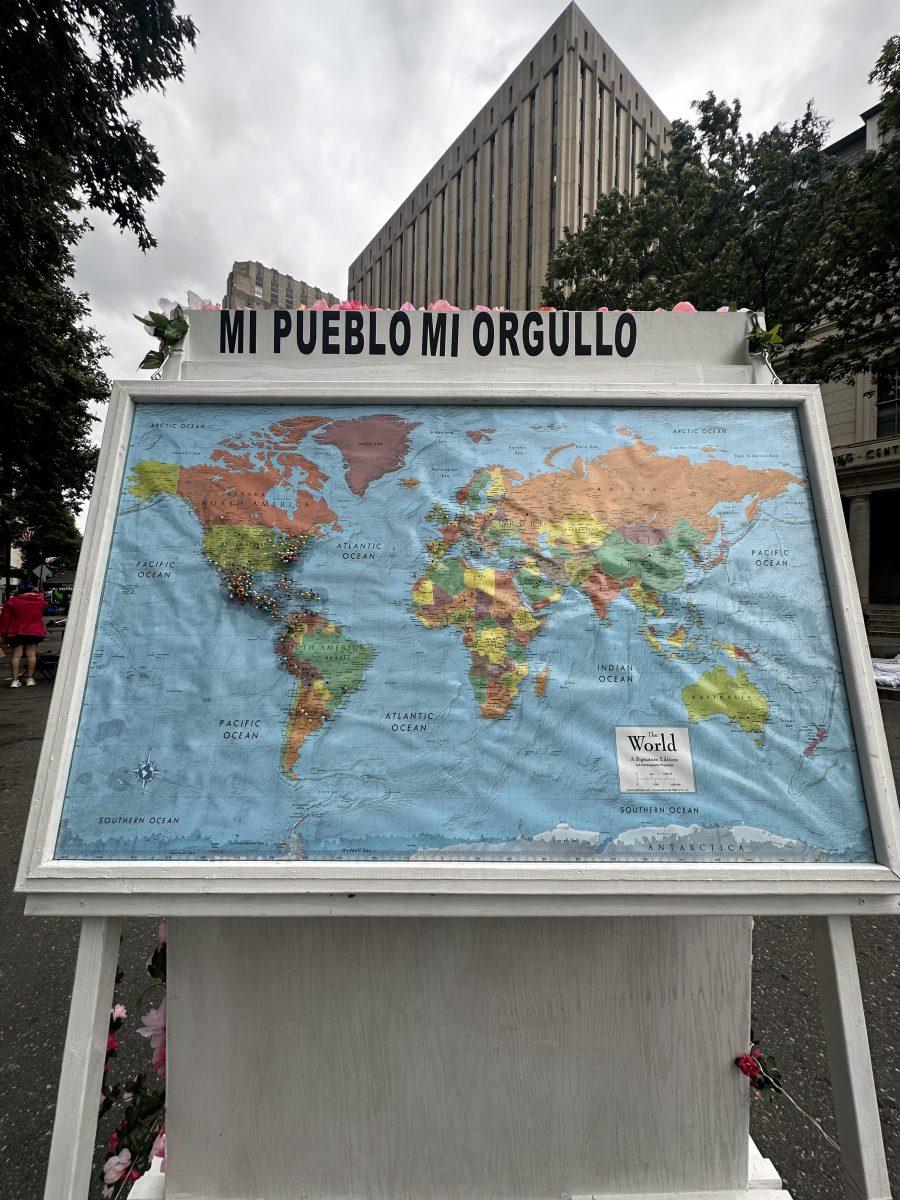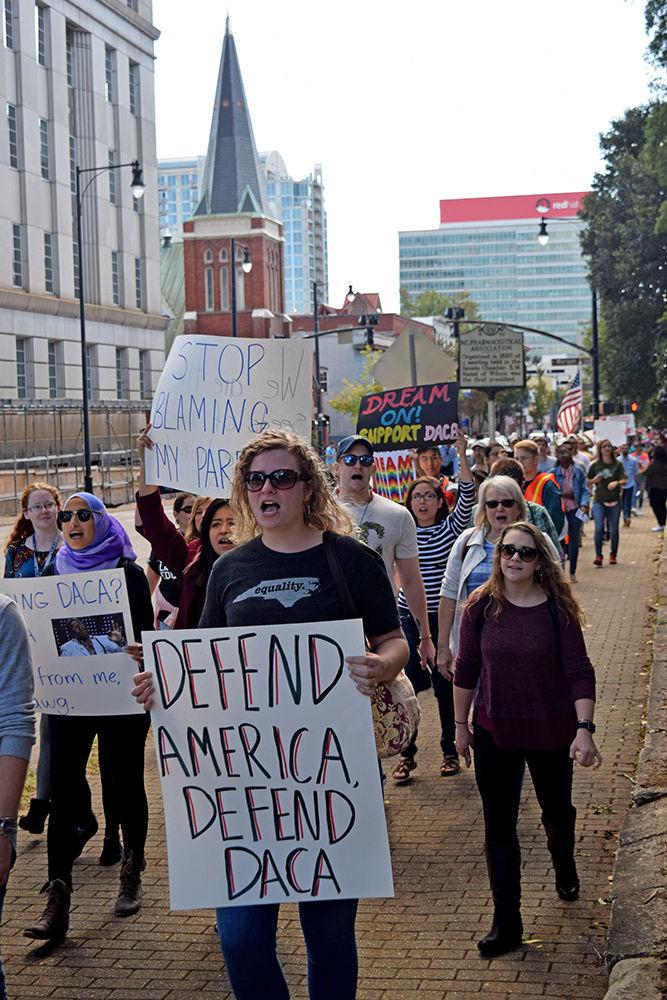Tonight at 5 p.m. in Daniels 214, three minority Greek organizations will host a scholars event titled “Being a student of color at a Predominantly White Institution.” NC State’s Latin fraternity, Lambda Theta Phi, will be presenting in collaboration with Sigma Omicron Epsilon and Alpha Phi Alpha, the Native American sorority and African-American fraternity, respectively.
The purpose of the event is to share perspectives about the struggles that minority students often face when they apply to college.
“I almost didn’t get financial aid my freshman year because I didn’t know there was all this stuff to fill out beside the FAFSA; no one told me,” said Miguel Migliore, senior in computer science and a member of Lambda Theta Phi.
Migliore, originally from Venezuela, said although his parents graduated with university degrees from Venezuela, he was mainly on his own when it came to the college application process in the United States.
The event tonight will discuss the lack of visibility among minority organizations and ways that it can be improved in the NC State community.
This struggle to navigate the college application process is not only a reality for Hispanic students, but also other minority students as well. The Department of Education reports that 50 percent of college students are first-generation as of 2010, but the rates are highest among minorities. According to 2010 statistics from the National Center of Education Statistics, 48.5 percent of Latino/Hispanic students and 45 percent of Black/African-American students were first-generation college students. Of Native American students, 35 percent were first-generation college students. In comparison, only 28 percent of students who identified as non-Hispanic Caucasians had parents with a high school education or less.
“I think that a lot of people can’t see that leaving the community is bettering it,” said Jessica Anstead, president of Native American sorority, Sigma Omicron Epsilon.
The event will not only address issues related to the application process, but also the lower graduation rates that plague minorities. The Digest of Education Statistics published a study in 2012 that tracked the progress of male students in colleges from 2009 to 2012. While 57 percent of Caucasian men and 64 percent of Asian men graduated from college within six years, less than half of Hispanic men graduated within six years. Only 33 percent of black males involved in the study graduated within six years.
Sellman attributes that statistic to the influence of the media on the black community. “Being smart for a black man ain’t cool. It’s not what we’re taught through television, radio, the news… You don’t see many black surgeons, visionaries, thinkers who are on TV, put in front of children. That’s not what we see.”
Migliore points out that while language and culture may be an issue for students with foreign-born parents, money is a strong commonality among minorities who grew up in the U.S.
“It’s often a rough transition for minority students used to working minimum-wage jobs to save up to three times their usual earnings to be able to go to school,” Migliore said.
Migliore also said that although N.C. State advertises that it embraces diversity, there’s still an invisible barrier that exists, and it’s often present in the line of communication to the minority community.
“If you notice, there’s a lot of juniors and seniors who come to Mi Familia and are like, ‘I’ve never heard about this,’” Migliore said.




